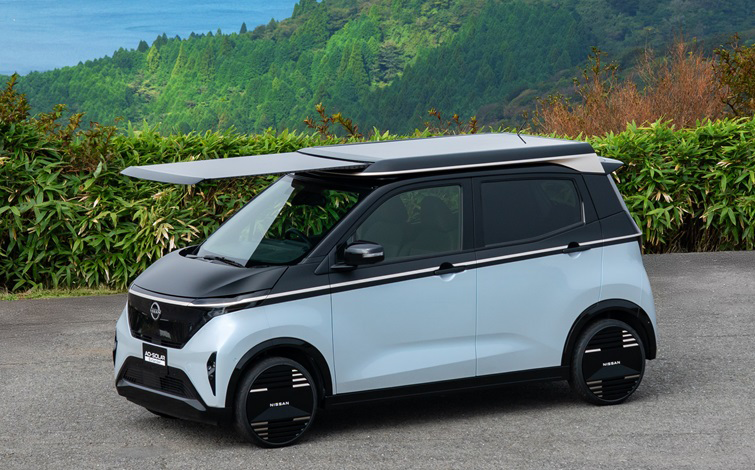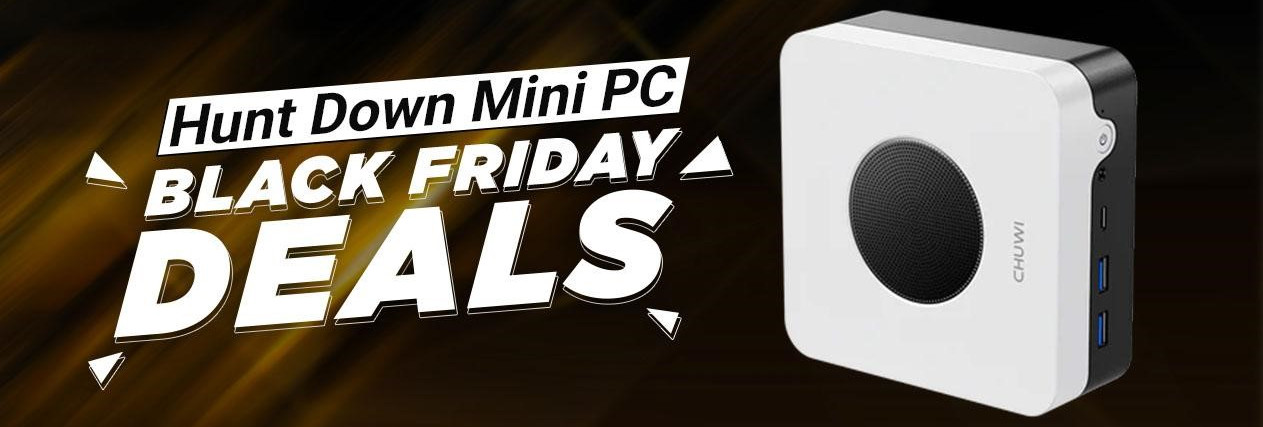
In an online presentation SVOLT gave us more information about its NMx cobalt-free battery cell that’ll arrive next year.
This long cobalt-free battery cell from SVOLT is specially made to be used in battery packs assembled with the CTP (cell-to-pack) technology.
With the CTP technology instead of having battery cells inside modules, then modules inside battery packs, we remove modules altogether. We end up with long prismatic battery cells connected in series that are put in an array and then inserted into a battery pack, making it as simple as it can be.
In early March I wrote an article about Tesla’s smart strategy in China. In that article I wrote that cobalt-free LFP/LFMP battery packs could already be made for 80 euros per kWh and NCM 811 battery packs for 100 euros per kWh.
Some readers may think that I was being optimistic in that article, but I wasn’t. In fact, I was very cautious with my estimates.
As you can see below, Reuters’ sources now confirm that the cost estimations I presented months ago were actually conservative.
The new generation Renault ZOE gets a WLTP range up to 395 km (245 miles) from its ZE 50 battery. As I wrote in the previous article, the battery pack is made with 192 LGX E78 battery cells from LG Chem.
Let’s see the details.
Battery cell
Manufacturer: LG Chem Model: LGX E78 Voltage: 3,65 V Capacity: 78 Ah Weight: 1.073 g Gravimetric energy density: 265 Wh/kg Chemistry: NCM 712 New generation ZE 50 battery
For several reasons Volkswagen has been criticized by the electric vehicle community, including myself. Not only due to the shameful dieselgate, but also because the automaker has been leading the transition to electric cars only in the press release category, a lot of talk and very little done. Until recently VW was a synonym for vaporware…
However, I recognize the merit when I see it, and Volkswagen’s MEB platform has its merits. In my opinion it’s the best thing we will get for electric cars from European automakers in the short term.
The Ministry of Industry and Information Technology of China regularly publishes a catalog of recommended electric cars eligible for government subsidies and now the fifth batch in 2020 has been officially announced.
In this catalog we have a lot of interesting information about Chinese electric cars. Let’s see some of it.
Geely Geometry C Wheelbase: 2.700 mm Length: 4.432 mm Width: 1.833 mm Height: 1.560 mm Curb weight: 1.665 kg Electric motor: 150 kW and 310 N.m Maximum speed: 150 km/h (93 mph) NEDC range: 550 km (342 miles) WLTP (estimation): 412 km (256 miles) NEDC efficiency: 14 kWh/100 km WLTP efficiency (estimation): 18,7 kWh/100 km Battery gravimetric energy density: 183,23 Wh/kg Geely Geometry C uses battery cells made by CATL.
Today most electric cars are powered by batteries with NCM cathodes, whose raw materials besides lithium include nickel, cobalt and manganese.
As you probably already know, for the last few years the goal has been to reduce the use of cobalt, which is rare and expensive. Nickel is being used to replace cobalt allowing more energy-dense and cheaper batteries.
NCM 111: cathode with a Ni:Co:Mn composition ratio of 1:1:1 NCM 424: cathode with a Ni:Co:Mn composition ratio of 4:2:4 NCM 523: cathode with a Ni:Co:Mn composition ratio of 5:2:3 NCM 622: cathode with a Ni:Co:Mn composition ratio of 6:2:2 NCM 712: cathode with a Ni:Co:Mn composition ratio of 7:1:2 NCM 811: cathode with a Ni:Co:Mn composition ratio of 8:1:1 However, the next important phase in the development of NCM batteries is to replace nickel with much more abundant and cheaper manganese.
Years ago LG Chem decided that for pouch battery cells it would first replace NCM 622 with NCM 712 cathodes before moving to NCMA in 2022, while reserving the NCM 811 cathode to cylindrical battery cells.
We’re always talking about NCM 811 cathodes and easily forget that NCM 712 battery cells arrived quietly and are already powering electric cars in Europe.
The new generation Renault ZOE was the first electric car in Europe to get the NCM 712 battery cells from LG Chem, but soon others will follow.
After beating its Chinese competitors’ offers, the Korean battery cell maker SK Innovation won the supply contract with the Chinese automaker giant BAIC.
The NCM 811 batteries to be used by ARCFOX, a premium BEV brand of BAIC BJEV will be produced at SK Innovation’s battery cell plant in Changzhou, Jiangsu province, China.
The upcoming premium all-electric SUV ARCFOX α-T that’ll use these NCM 811 batteries is set to be released in the second half of the year with a driving range of 400-500 km. This is yet another Made in China alternative to the Tesla Model Y.
Commuting to work or school alone in heavy and inefficient vehicles is one of the biggest transportation problems we have. It just doesn’t make sense.
However, it’s not always people’s fault, sometimes they have no alternative.
Between 2009 and 2011, automakers seemed determined to fix this problem and presented some solutions. Back then concepts of ultra efficient electric vehicles were common at auto shows. They were light and most had tandem seats to improve aerodynamics.
In the previous article we compared the energy density of many battery packs used by popular electric cars. Most batteries were either NCM 523 or NCM 622 and on average had a gravimetric energy density between 140 and 150 Wh/kg, which is disappointing considering that’s a lot less than what we get at the cell level (230-250 Wh/kg).
The poor gravimetric energy density of current EV batteries can be explained by unnecessary complexity and in this article we’ll see an easy solution to make battery packs simpler, safer, cheaper and more energy dense.
During the first years after I started this blog in 2015 I often wrote articles demonstrating that legacy automakers weren’t taking electric cars seriously. They were actively trying to prove that electric cars didn’t work by selling overpriced cars with low range and blamed battery technology, when they weren’t even using the best battery technologies available at the time.
Back then, Tesla was the only automaker using the most energy dense batteries available, which were NCA battery cells in cylindrical form. Most automakers were using LMO battery cells in their electric cars, which are far from great…
Once again Tesla is showing what’s the smartest strategy to achieve the massification of electric cars. In China Tesla will use two very different battery chemistries for the Model 3. One to give the lowest cost/higher availability and another to give the best range.
In this article we’ll see why Tesla’s new battery strategy will probably be adopted by other automakers.
Warning
This is the kind of article I like to write, it will be long…




